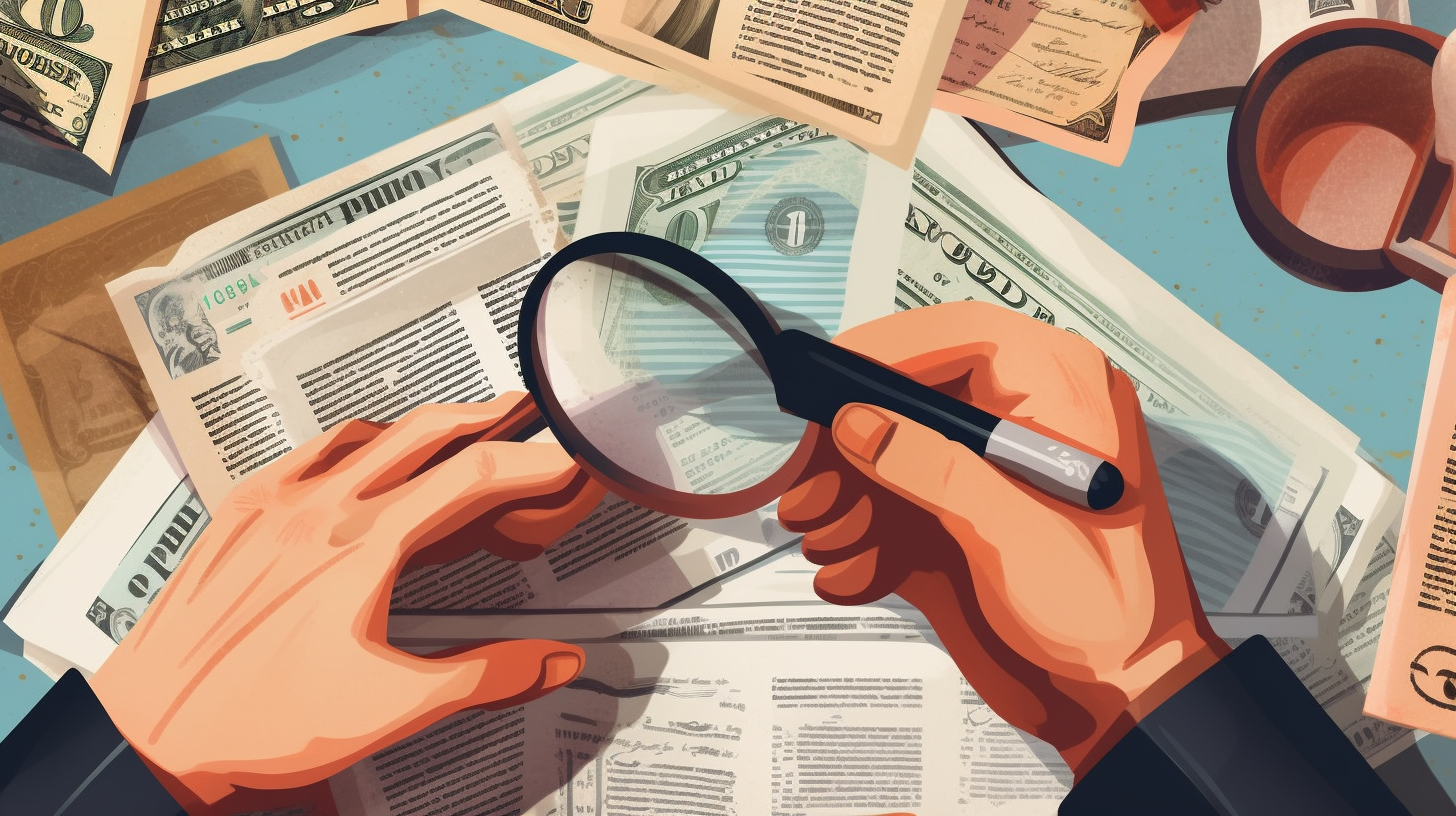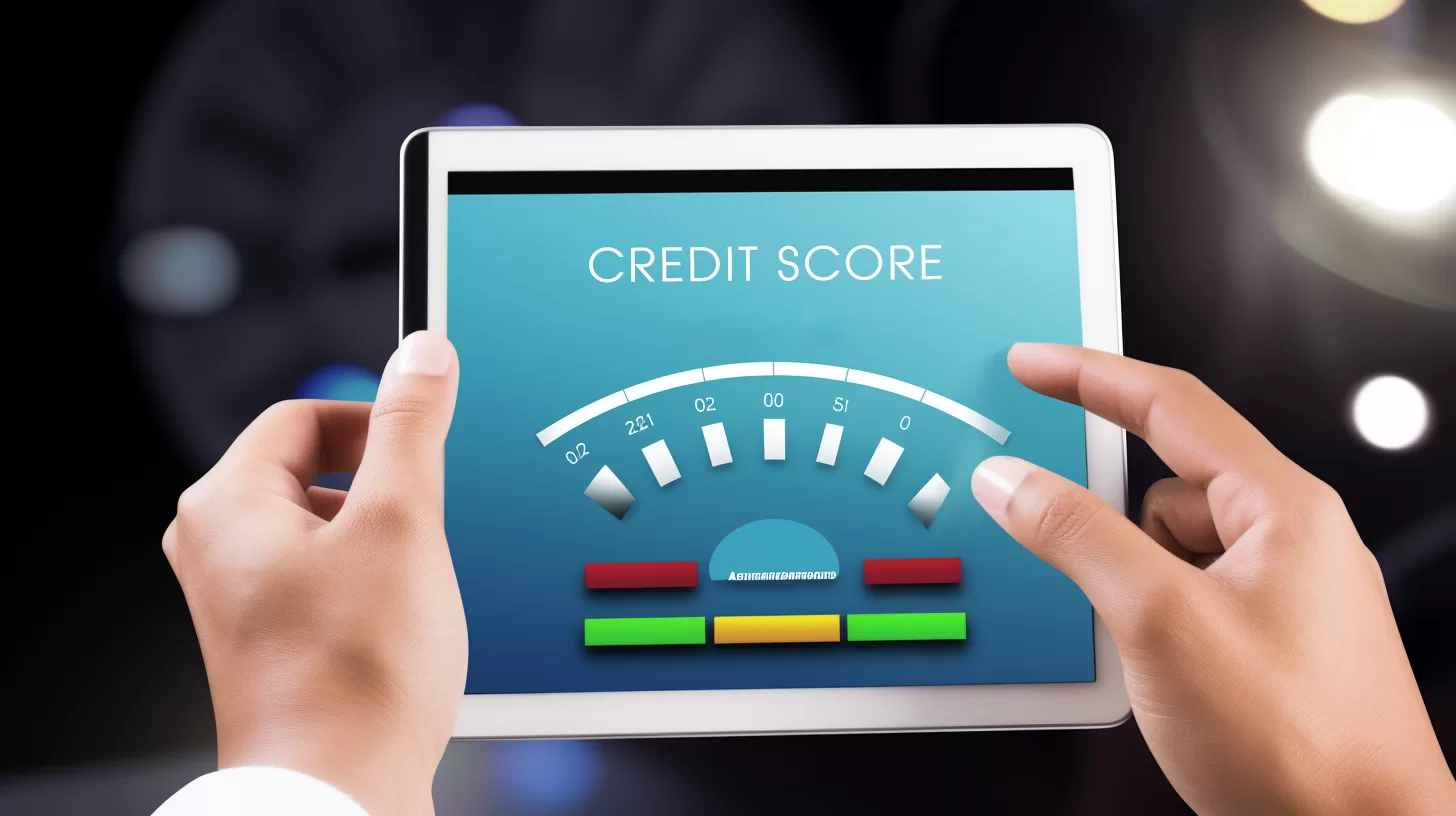The Importance of Emergency Funds and How to Build One
As the saying goes, “hope for the best, but prepare for the worst.” Emergencies are a part of life, and they can strike when you least expect them. Whether it’s an unexpected medical expense, a car repair, or a job loss, having an emergency fund can be a lifesaver in times of crisis. In this article, we’ll explore the importance of emergency funds and how you can build one to protect yourself and your finances.
What is an Emergency Fund?
An emergency fund is a dedicated savings account that you can use to cover unexpected expenses or income loss. The general rule of thumb is to have enough money in your emergency fund to cover at least three to six months’ worth of living expenses. This can vary depending on your individual circumstances, such as your income, expenses, and job security.
Why is an Emergency Fund Important?
An emergency fund is important for several reasons. First and foremost, it provides a safety net in case of an unexpected event that could disrupt your income or cause a financial hardship. Without an emergency fund, you may have to resort to credit cards, loans, or even selling assets to cover your expenses. These options can be costly and can leave you with debt that could take years to pay off.
Second, having an emergency fund can provide peace of mind. Knowing that you have a financial cushion can alleviate stress and anxiety during difficult times. It can also help you stay focused on your long-term financial goals instead of being sidetracked by short-term financial problems.
How to Build an Emergency Fund
Building an emergency fund requires discipline and commitment. Here are some steps you can take to build your emergency fund:
- Set a Savings Goal: Determine how much you want to save for your emergency fund. As mentioned earlier, the general guideline is to have at least three to six months’ worth of living expenses saved. However, you can adjust this based on your individual circumstances.
- Create a Budget: Review your monthly expenses and income to identify areas where you can cut back and save. Use the extra money to contribute to your emergency fund.
- Automate Your Savings: Set up an automatic transfer from your checking account to your emergency fund savings account each month. This ensures that you are consistently contributing to your emergency fund without having to think about it.
- Increase Your Income: Look for ways to increase your income, such as taking on a part-time job or freelance work. Use the extra money to contribute to your emergency fund.
- Avoid Dipping into Your Fund: Once you have built your emergency fund, make sure to avoid using it for non-emergency expenses. If you do have to dip into it, make sure to replenish it as soon as possible.
An emergency fund is a crucial component of financial planning. It provides a safety net during times of crisis and can help you avoid costly debt. By following the steps outlined above, you can start building your emergency fund and gain peace of mind knowing that you are financially prepared for unexpected events.





